Kathmandu is the main tourist hub of Nepal with many tourist destinations and local delicacies. It is the capital city of the nation and the most developed district out of all of the district. Kathmandu is home to many historical and architectural sites. The majority of offices and headquarters are located in the valley, making it the economic hub of Nepal. It is popular with tourists for its unique architecture and rich culture that includes the highest number of jatras in Nepal. The newars are the indigenous inhabitants and the creators of the historic civilization of the valley. They are known for their contributions to art, sculpture, architecture, culture, literature, music, industry, agriculture and cuisine. Newa architecture consists of the pagoda, stupa, shikhara and chaitya and other styles.
The Kathmandu valley has many beautiful and stunning tourist attractions all over the place. The valley is the home to the large to the small temples, viharas and monasteries. It also contains the most specific history and cultural heritage sites of the nation. The night life of the Thamel to the religious and traditional values of the Pashupatinath, it has everything that the visitors want. Kathmandu is also the largest city in the Himalayan Hill region.
Rani Pokhari is the historical artificial pond located in the Kathmandu valley. It is the square shaped pond built during the 17th century on the eastern side of the city. The pond is one of the city’s most famous landmarks and is known for its religious and aesthetic significance. It was damaged by the earthquake of 2015 AD and is currently under construction. Rani Pokhari was built by King Pratap Malla in the year 1670 Ad. King Pratap Malla built this pond to console his queen whose son was trampled to death by an elephant. He had water collected from the various holy sites and rivers of Nepal and India like Gosaikunda, Muktinath, Badrinath and Kedarnath. The workers pour the water into the tank to sanctify it.
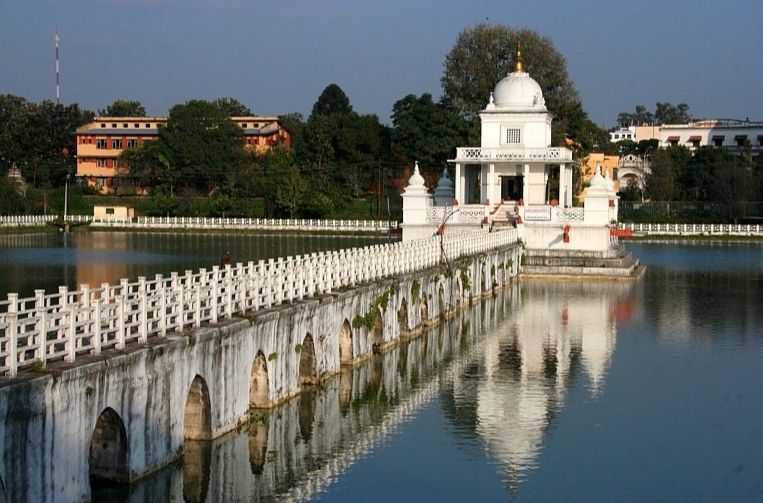

The pond has the centrally located temple dedicated to Matrikeshwor Mahadev, a form of the Hindu deity Shiva. There is also the idol of Harishankar, which is said to be the only one idol of both Saraswati and Laxmi. On the southern embankment of the pond, there stands the large stone statue of an elephant bearing the images of Pratap Malla and his two sons Chakravartin Mallya and Mahipatendra Malla. The pond has other four small temples located at the four corners of the Pond; Bhairav Temples in the northwest and northeast, Mahalaxmi temple in the southeast and Ganesh Temple in the southwest.
Rani Pokhari is closed during the whole year and it is only opened to the public on the day of Bhai Tika and Chhath. The nation’s largest Chhath festival takes place every year in Rani Pokhari. Rani is also dedicated to Nepalese Maithili Women who go into the cold water and pray to the Sun God.
The Mandala is a symbolic architecture located in the Maitighar of Kathmandu Valley. It is an island at the intersections of the roads from Thapathali, New Baneshwor, Bhadrakali and at the southeast of Singhadurbar. This monument forms an important landmark in the beautification of Kathmandu city and a masterpiece of art depicting Buddhists relics. It also marks the initiation mark stone of one of the major highways of Nepal, Araniko Highway. The Mandala was built in 2001 for the 11th SAARC summit in Nepal to showcase the Nepali art, culture and tradition.
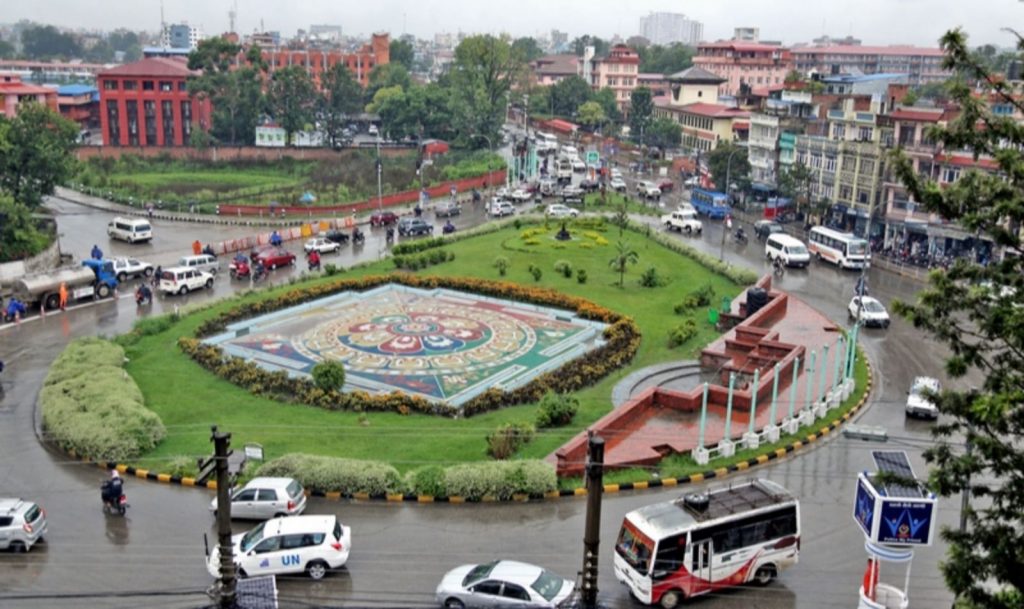

The design of the Mandala contains a series of concentric circles. The outermost has 32 vajras, the one next to it has 16 lotus petals and the inner has 32 garlands. Various colours of the Mandala (blue background, black and orange and blue circles) symbolizes the man characteristics- too much of one would result in an imbalanced temperament. Black stands for anger, orange for love and blue for compassion. At the four corners of the Mandala are symbols of the ashtamangal.
Kala Bhairav is a grand temple of fierce incarnation of Lord Shiva located at Kathmandu Durbar Square in the religious complex of Hanuman Dhoka. In this form , the lord is carrying the decapitated head of Shani, wearing an ornamental snake , tiger skin and a ritual apron made of human bones. The 12 feet scripture was carved in the 6th century and is regarded as the largest scripture in World.
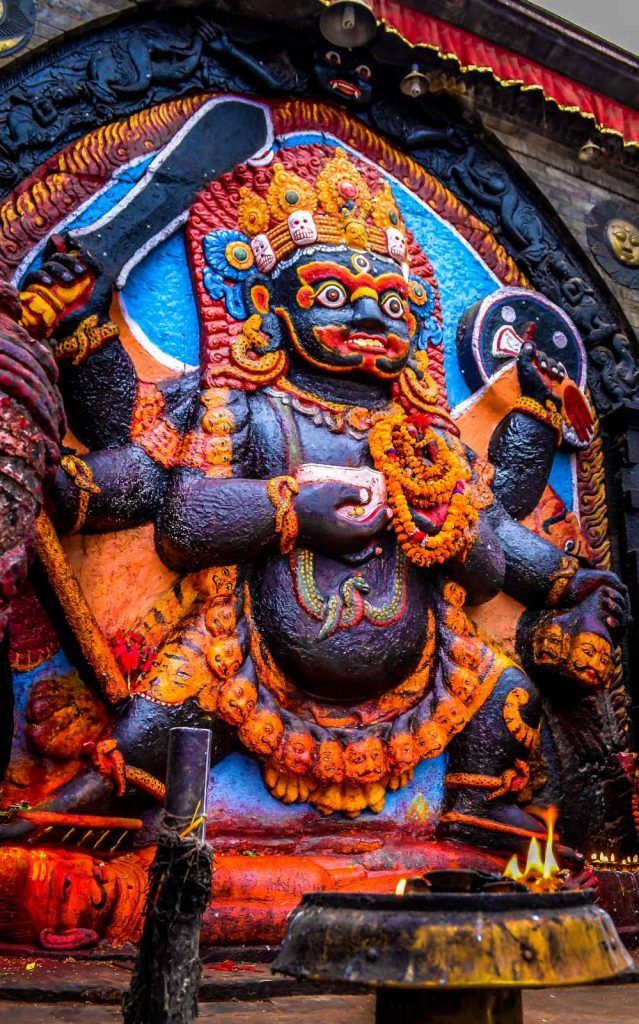

The idol was discovered by King Pratap Malla in the middle of the paddy field. Back in the time, people believed that anyone who lied in front of the idol would attain freedom from their lives. This is the only local folk tale that has surrounded this area. However, locals still continue to worship this grand idol and fierce incarnation of Lord Shiva with all their devotion. It is the major tourist attraction in the Kathmandu Durbar Square as the tourists are in awe with its fierce and dangerous avatar.
Shahid Gate also known as Martyr’s Gate is the monument built in the busy streets of Kathmandu in the memories of the brave soldiers who fought with the fearless Ranas who ruled our country for over 104 years. This historical gate was built during the year of 1950 AD. There were five statues in the gate including the statue of the King Tribhuvan Shah. The four statues of the martyrs are built above their arm levels. The names of the martyrs whose statues are there are Dharma Bhakta Mathema, Gangalal Shrestha, Dashrath Chand and Shukraraj Shastri. In 2012 a Nepali cabinet meeting decided to move the statue of King Tribhuvan from the gate to the Narayanhiti Museum.
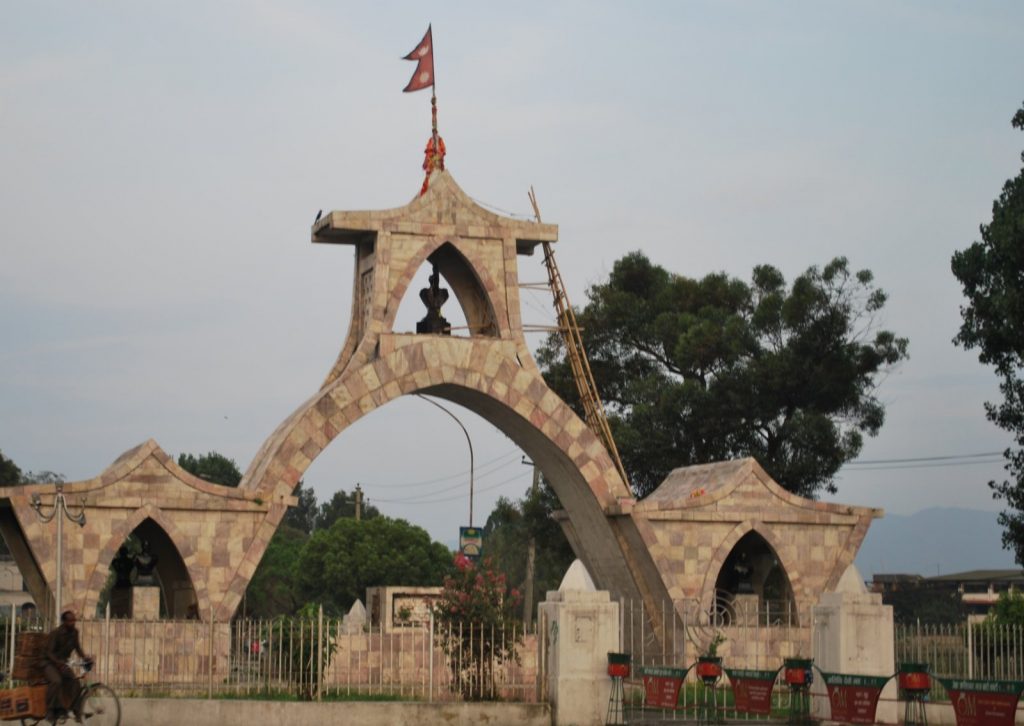

Ghanta Ghar is the first public tower clock of the country. It is situated at the heart of the capital of Kathmandu in front of the Rani Pokhari. This clock tower was built during the Rana regime by the Rana Prime Minister Bir Shumsher. The original clock tower was designed after the Big Ben of London after his visit to the United Kingdom. He was very much impressed by their architecture so he built this monument as Western influence crept into Nepalese architecture. The original Ghanta Ghar was destroyed by the earthquake of 1990 BS. The word Ghanta Ghar is made up of two words Ghanta which means Hour and Ghar means English. And thus the word ”Ghanta Ghar” means the house that is used for looking hours of time.
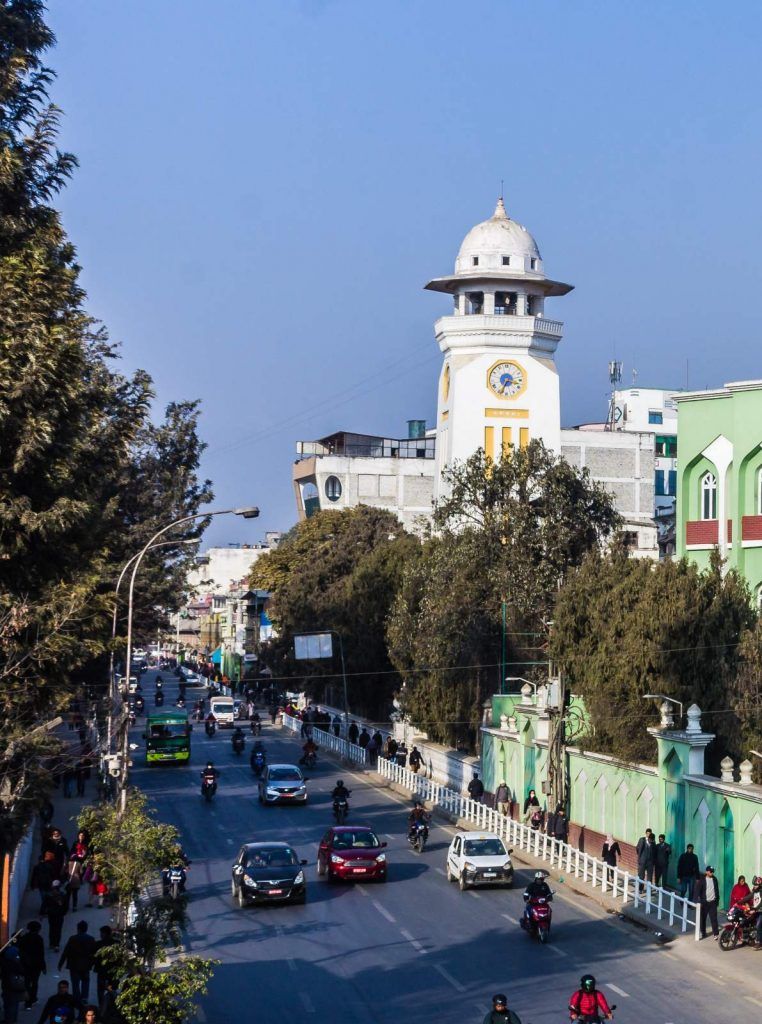

The weather of Kathmandu is warm and cosy throughout the year. The tourist can visit any time of the year but mostly it is visited during the spring and fall season.
Shopping is my option in contrast to Red Bull. Regardless…


Hundreds of years of preservation and perseverance, nourished and timely…
Among the many 12 years festivals Nepal has, Lha Phewa…